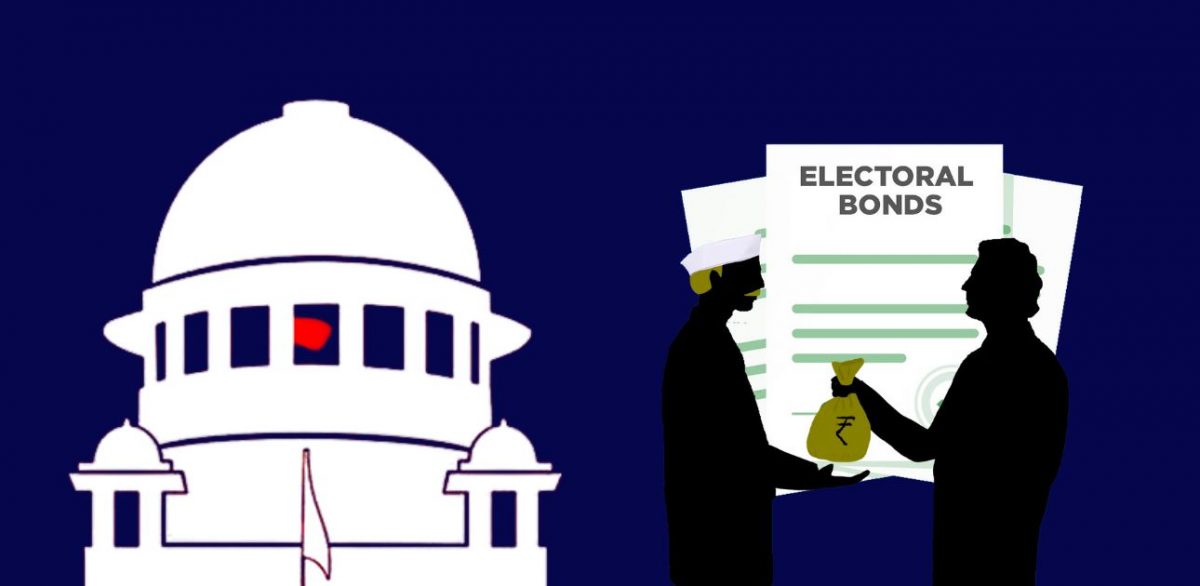Abstract
Political funding has been a controversial issue since India’s first general elections following independence and up until the last state legislative assembly elections of five states in 2023. Electoral bond scheme is also not unaffected from the heated controversies. Recently, in a landmark judgement in Association for Democratic Reforms v. Union of India 2024, the honourable Supreme Court of India declared the electoral bond scheme unconstitutional. It has sparked a national discussion on electoral bonds’ transparency. This paper attempts to briefly review the political financing that has occurred in India since independence, as well as the difficulties that come with political donations in cash.
The paper sets out the background of EBs’s introduction by the NDA government, and its significance for the world’s largest democracy. This paper takes into account the role played by all the stakeholders involved and lacunas underlying. In addition, it examines the various electoral funding schemes around the world.
Finally, the paper proposes a number of measures to address EBs’s shortcomings and not completely scrap it. In view of the increasing number of cases of black money and money laundering, it also recommended the need for continuance of such a scheme in the current electoral scenario of India.
Keywords- Electoral bond scheme, political donations, transparency, unconstitutional
Introduction
“Can any agency tell us how much money was spent in elections before 2014, it was Prime Minister Narendra Modi who brought electoral bonds and hence the source of the funding is known today” said PM Narendra Modi in an interview.
According to ADR sources, the Bharatiya Janata Party has received the highest amount of donations under the electoral bond scheme, and it is indisputable that the ruling party has always received a larger share as was the case with the Congress Party prior to 2014. The decrease in cash contributions received by political parties and thus the reduction of black money’s role in today’s electoral scenario is a major difference between funding prior to and after EBs. There is still a lack of robust research on the comparative analysis of electoral funding prior to and after the introduction of EBs. The current research on Political Financing in India focuses more on party donations, which makes it a purely policy issue; whereas this paper analyses the funding received by parties with their share of seats in Parliament as well as the number of states that they rule, and thus gives an element of political legality to these findings.
Click Here To Download The Paper


📌Analysis of Bills and Acts
📌 Summary of Reports from Government Agencies
📌 Analysis of Election Manifestos

